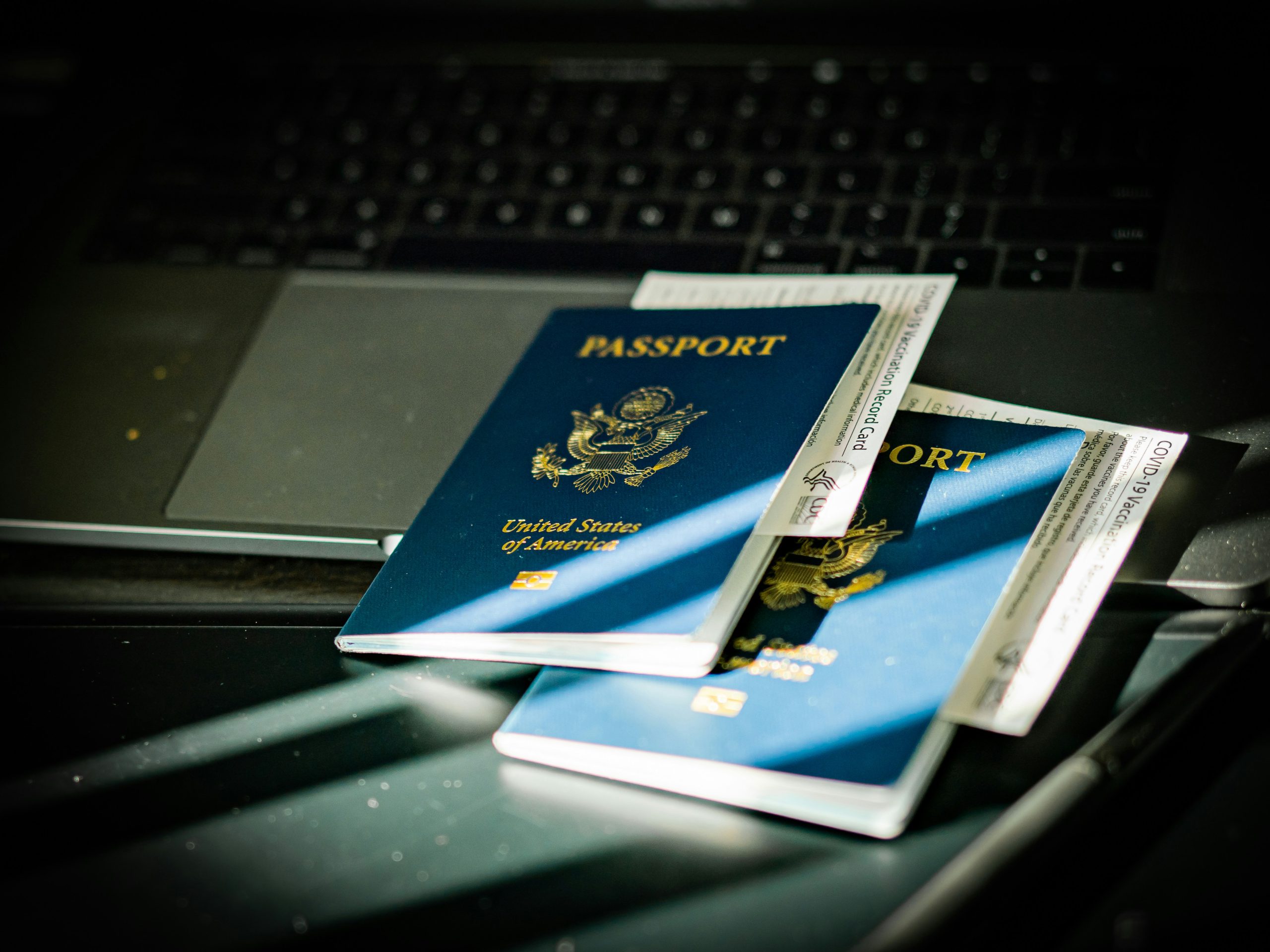Australia’s migration system is undergoing significant reforms, and one of the most notable changes is the introduction of the Skills in Demand visa, set to replace the Temporary Skill Shortage (TSS) Subclass 482 visa. This new visa aims to address labor shortages more effectively, provide clearer pathways to permanent residency, and offer greater flexibility for skilled workers.
In this article, we’ll explore the three streams of the Skills in Demand visa, eligibility requirements, and the key benefits for visa holders.
The Three Streams of the Skills in Demand Visa
There will be three different streams in the Skills in Demand visa, each aimed at a different level of skill and type of job:
Specialist Skills Pathway
- For very skilled workers in fields like technology, energy, and advanced manufacturing.
- There are no restrictions on the types of jobs that can be applied for, but applicants must make at least $135,000 AUD a year (this amount may change).
- Quick processing times (goal: 7 days).
- Made to draw in the best workers from around the world in important fields.
Core Skills Pathway
- The most common stream, which takes the place of most Subclass 482 visa jobs.
- Related to a new Core Skills Occupation List that will replace the current TSS lists.
- The salary limit is set at $70,000 AUD, which is also known as the Temporary Skilled Migration Income Threshold (TSMIT).
- Visas for the medium term (up to four years) that make it easier to get permanent residency.
Essential Skills Pathway
- For workers in fields like care, hospitality, and agriculture who don’t make much money but are important.
- Lower salary limit (not yet confirmed).
- Strict testing of the job market to make sure Australians are given priority when possible.
- Visa terms that are shorter (probably two years) but can be extended.
Eligibility Requirements
While the final details are still being worked out, the main requirements for eligibility are likely to be:
- Approved Sponsor: Employers must be allowed to sponsor workers from other countries.
- Some jobs may require formal skills assessments.
- English Proficiency: You may need to have at least the minimum IELTS (or equivalent) scores.
- Work Experience: Usually at least two years in the job you want to do.
- Salary Threshold: The chosen stream must have a minimum income requirement that must be met.
- Labour Market Testing (LMT): Employers may have to show that they couldn’t find someone locally to do the job.
Key Benefits of the Skills in Demand Visa
Faster PR Pathways
- The new visa is better for getting permanent residency than the 482 visa, which had limited options.
- There will be direct links between employer-sponsored PR options and the Core Skills and Specialist Skills streams.
Greater Mobility for Workers
- Visa holders can change jobs more easily (with a short notice period).
- Less chance of taking advantage of workers because of more flexibility.
Longer Visa Durations
- Specialist and Core Skills streams may give you a visa for up to four years, with the option to renew it.
Employer Compliance & Worker Protections
- Stronger rules to stop people from being underpaid and working in unfair conditions.
- A sponsorship system that is more open to make sure hiring is fair.
Transition from Subclass 482 to the New Visa
Once the Skills in Demand visa goes into effect, which is expected to happen in late 2024, the TSS 482 visa will no longer be available. People who already have a 482 visa may have the following options:
- If you are eligible, switch to the new visa.
- Follow the new rules to apply for permanent residency.
Conclusion
The Skills in Demand visa represents a major shift in Australia’s skilled migration program, offering better opportunities for workers, more flexibility for employers, and stronger pathways to permanent residency.
If you’re considering applying under the new system, staying updated on policy changes and consulting a registered migration agent will be crucial for a smooth transition.
Would you like help assessing your eligibility? Contact us today for expert guidance!
Disclaimer: This article is based on proposed reforms as of 2024. Final visa conditions may vary. Always check the Department of Home Affairs for the latest updates.










